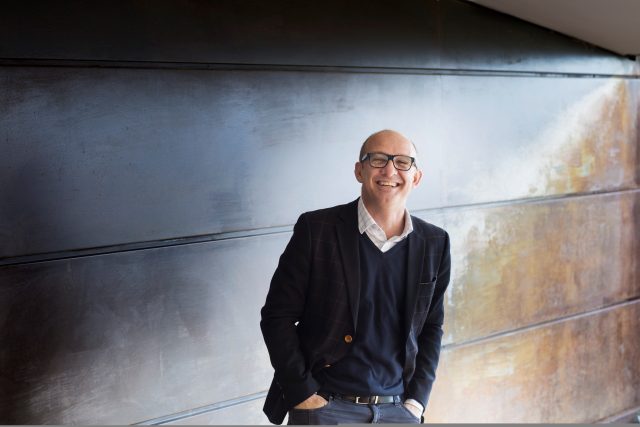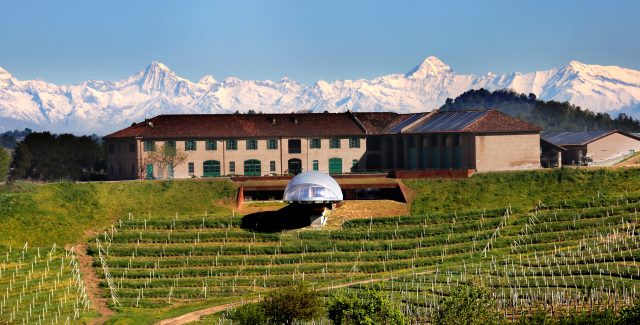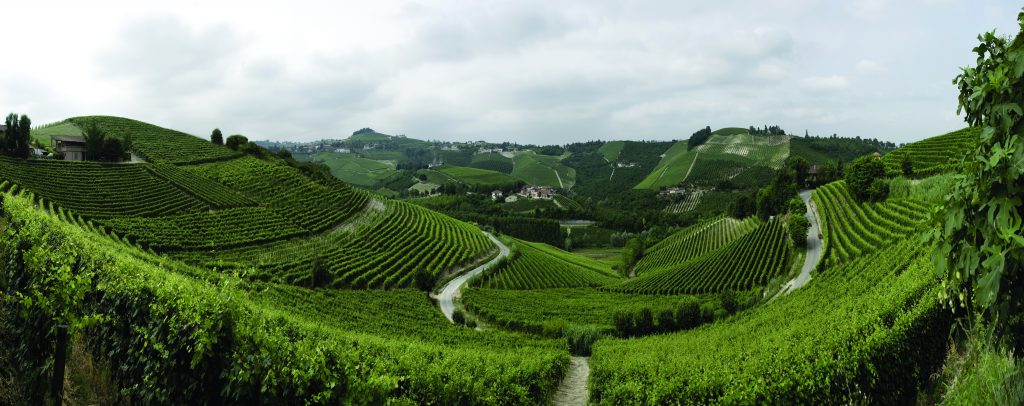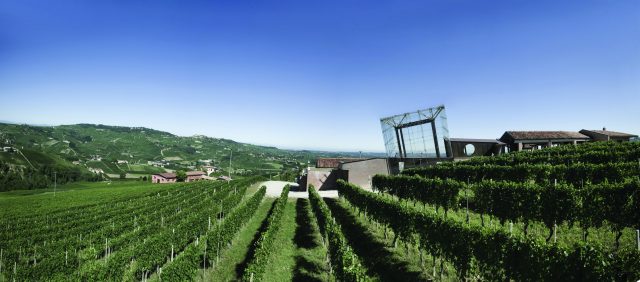This website uses cookies so that we can provide you with the best user experience possible. Cookie information is stored in your browser and performs functions such as recognising you when you return to our website and helping our team to understand which sections of the website you find most interesting and useful.
Ceretto: the evolution of Barolo & Barbaresco
Barolo and Barbaresco are established stars in the fine wine firmament, with a profile – and prices – more elevated than at any time in their considerable history. It is sometimes easy to forget that this transformation in their fortunes is a relatively recent phenomenon – but not with Ceretto co-owner Federico Ceretto around. Richard Woodard investigates…

“I grew up hearing that maybe we are the new Burgundy,” he recalls. “Maybe, maybe, maybe … Before, it was too easy – we cost one-tenth of Burgundy. Today we have the price, the wines, the climate, the awareness. Before, we’ve been waiting to play the game. This is the first decade where we can play the game.”
It’s a game that Ceretto’s grandfather Riccardo could only have dreamt of participating in during the 1930s. Then, as one of 11 children, he ‘escaped’ from a hard farming life in San Stefano Belbo to become a wine merchant in Alba. “The name of the land of Langhe which is now this paradise was called the miserable land,” his grandson explains. “La Malora. My grandfather said: ‘This miserable life? Finito! I want to use my knowledge to buy grapes.’”
Wine merchant became wine producer in the 1960s when Riccardo’s sons, Bruno and Marcello, started buying vineyards. Today, Ceretto owns 21 hectares of vines across Barolo and Barbaresco, including a number of celebrated bricco sites at or near the top of the hill. “Those are the grands crus,” says Ceretto. “The bricco, or we say the sole in the local dialect: always under the sun.”

Ceretto is in London to unveil the family’s 2018 wines – nine of them, including seven single vineyard bottlings – but it’s a vintage that he is fully aware has its detractors. “There is a division between the critics and the producers,” he says.
You can say that again. Antonio Galloni described 2018 as “the most erratic, frustratingly inconsistent Barolo vintage” of his wine-drinking lifetime, using descriptors such as “washed out” and “emaciated”. But Ceretto isn’t having that.
“It is a vintage of balance, of fruit, not of concentration, but of delicacy of tannins,” he says. “It is a vintage where you will see a very clear, big step up between the wine of blending – Barolo, Barbaresco – and single vineyards, a difference mainly in the strength and concentration of the wines.”
Among the blends, Ceretto believes Barbaresco exhibits the greater power and density in 2018. He’s also not happy with those who see it as somehow inherently inferior to Barolo. “When people say I prefer Barolo to Barbaresco, when they tell me this, I go crazy!” he says. “The first thing is I swap the glasses and then see if I can find three people out of 1,000 who can tell me: ‘You’ve switched the glasses.’”
Ceretto’s Barolo blend combines the softness of La Morra and Brunate with the grip of Prapò and Gabutti in Serralunga, but there is also fruit from Bricco Rocche, Castiglione and Bussia. “When they tell me that this is an entry-level wine, this is a Barolo base, you’re killing me!” says Ceretto. “It’s a fantastic mosaico, a vintage picture of the entire map of the appellation.”
The single vineyard wines, meanwhile, convey the character of Nebbiolo through the prism of their individual locations. Among the Barbarescos, we move from the precision of Asili to the freshness and grip of Bernadot; for the Barolos, there’s the finesse of Bussia, Brunate’s silky tannins and the gutsy punch of Prapò.

Perhaps the most anticipated wines among the 2018s are those from Bricco Rocche, a celebrated Ceretto monopole in Castiglione Falletto, and from Rocche di Castiglione, a neighbouring vineyard making its Ceretto debut as a stand-alone wine.
While the latter owes its elegance to its east/southeast orientation, Bricco Rocche is less steep, facing south/southeast, or southwest in the case of its warmer Villero parcel, creating wines of greater intensity that Ceretto (only half-jokingly) compares to Chambertin-Clos de Bèze.
For these new Barolos and Barbarescos, with their enhanced focus on origin, comparisons with Burgundy are never far away. “Today we are able to go deeper in precision, in detail, because of the new climate and our skills,” says Ceretto. “We are able to release not only single vineyard wines, but clos, lieux-dits, parcels. Is this going in the direction of Burgundy? Yes, of course.”
It’s equally clear that climate change has aided this shift in approach. “For my grandfather, maybe there was a chance of having two or three good vintages every decade,” says Ceretto. “The rest of the vintages, they would try to get full ripeness with sugar and tannins, but they couldn’t ripen them.”
He recalls Angelo Gaja showing him pictures of old harvests, with people wearing gloves, scarves, hats and three layers of clothing. “Today we have a climate condition where every decade we have eight or nine harvests where we are in T-shirts. We can decide are we harvesting now, or do we wait three, four or five days.”

With greater consistency of quality over the decades, however, comes an inevitable change in the character of wines, and one that Ceretto doesn’t shy away from. “Are we trading better harvest conditions for longevity?” he asks, rhetorically. “Yes. My opinion, yes. These wines in front of you will age only 20 years. Please stand up if this upsets you so much that the wine doesn’t age for more than 40 years.”
This, he argues, is not a complete transformation in the behaviour of Nebbiolo in Piemonte, but the continuation of a decades-long evolution. “You will always have fantastic phenolic vintages,” Ceretto says. “But also three or four or five where you open the bottle and it’s not about austerity, but terroir.”
This, he contends, is clearly preferable to the remaining Barolos and Barbarescos that are still too austere, delivering “a punch in the face with the tannins” rather than drinking pleasure. “Finally, we open a bottle of wine and I don’t have to spend 20 minutes trying to convince you that one day, in about 20 years’ time, you will be happy to drink it.”
Ceretto’s 2018 Barolos and Barbarescos are available in the UK through Mentzendorff.

